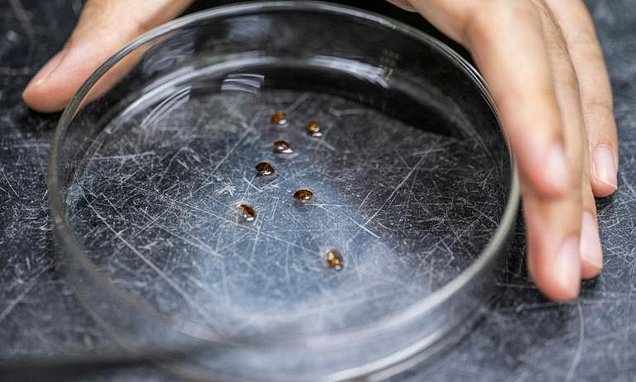Home / Science / Bed Bugs: Unlikely Crime Scene Detectives
Bed Bugs: Unlikely Crime Scene Detectives
25 Nov
Summary
- Bed bugs can retain human DNA for up to 45 days.
- DNA analysis can reveal gender, eye, hair, and skin color.
- Bed bugs are ideal forensic tools due to limited movement.

In a surprising development for forensic science, Malaysian researchers have found that common tropical bed bugs can be utilized to identify crime suspects. These small insects, often unwelcome in homes, can hold onto human DNA for as long as 45 days after a blood meal. This discovery allows investigators to potentially extract crucial identifying information from bed bugs found at a crime scene.
The research indicates that DNA retrieved from bed bugs can provide basic phenotypic profiling, including gender, eye, hair, and skin color. Unlike flying insects, bed bugs have a limited range of movement, making them more likely to remain at a crime scene and thus a more reliable source of evidence. This unique characteristic positions them as valuable forensic tools, especially when other physical evidence might be compromised.
While bed bugs do not spread diseases, their bites can cause itchy rashes. The scientific study, published in Nature's Scientific Reports, highlights the potential of these creatures as crime-solving aids, although their effectiveness is limited to a 45-day window and depends on their presence at the scene. This breakthrough offers a novel approach to criminal investigations.




